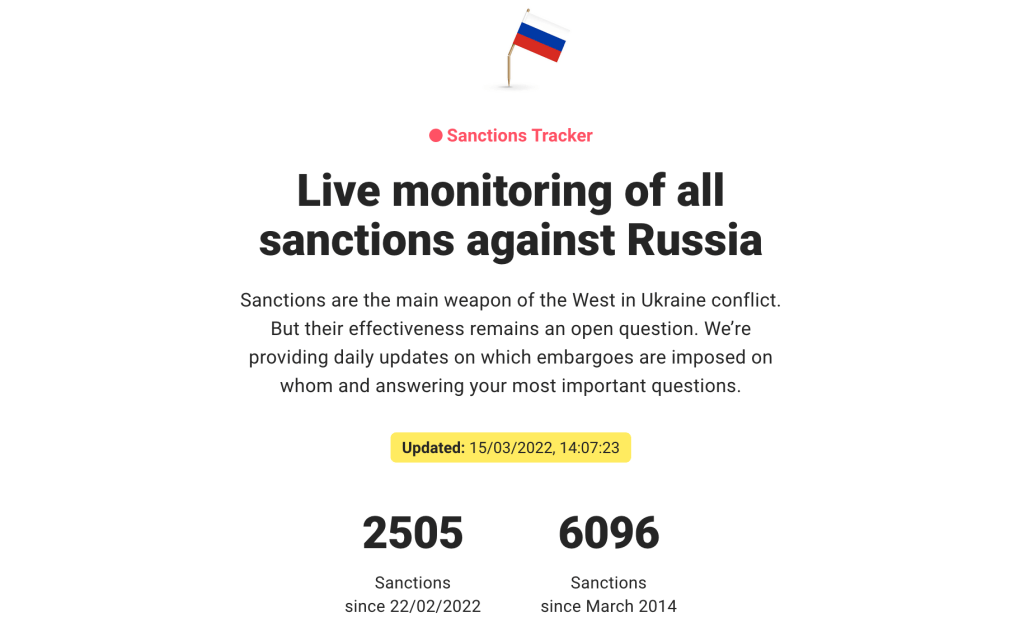In the latest video post on narrative concepts (you can see the previous two here), this video looks at narrative structure — in particular, how Cortazzi‘s typical narrative structure can help us identify common patterns across different journalistic formats, from the inverted pyramid to the WSJ feature formula.
Being able to identify these structures means we can adapt more quickly to new formats — including those on new platforms.
The video also touches on the use of temporality in storytelling, and how stories might jump back and forth in time to keep readers engaged.
The video was made for students on the MA in Multiplatform and Mobile Journalism and the MA in Data Journalism at Birmingham City University. The series of video posts can be found at this link.

